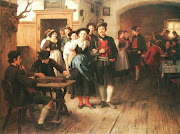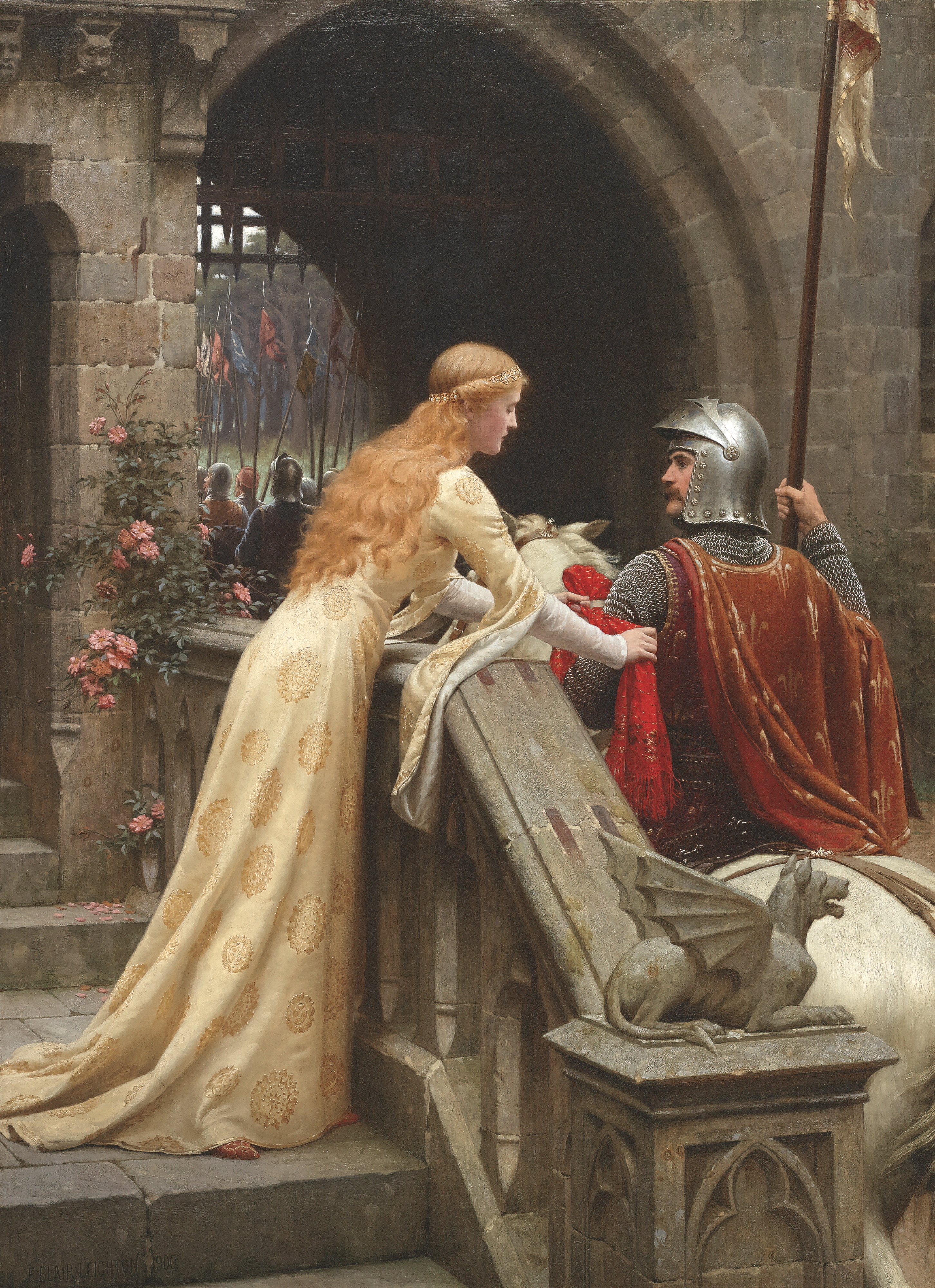Saint Maurice (Moritz or Mauritius), pictured here with St Elmo, was the Knight Commander of the famous Roman Theban Legion in the 3rd century.
The legion, entirely composed of Christians, was ordered from Thebes in Egypt to Gaul to assist Maximian. However, when Maximian ordered them to attack local Christians, they refused and Maximian ordered them punished with savage executions.
More such orders followed but they still refused, encouraged by Maurice, and were further punished. In response to their refusal to use violence against fellow Christians, Maximian ordered all the remaining members of the 6,600 strong legion to be executed. This took place in Agaunum, which is now Saint Maurice-en-Valais, site of the Abbey of Saint Maurice-en-Valais, in Switzerland.
This account was given publicly by Eucherius, bishop of Lyon (c. 434 – 450), addressed to his fellow bishop Salvius.
The abbey was begun in 515 ordered by Sigismund, the first Catholic king of the Burgundians.
St Maurice became a patron saint of the Holy Roman Emperors. In 926, Henry I (919–936), ceded the present Swiss canton of Aargau to the abbey, in return for Maurice's lance, sword and spurs. Aargau is the region in which is found the original seat of the Habsburgs, later the most famous of the emperors.
The Martyrdom of St Maurice and the Theban Legion
In 929 Emperor Henry I the Fowler held a royal court gathering (Reichsversammlung) at Magdeburg. At the same time the Mauritius Kloster in honour of St Maurice was founded. In 961, Emperor Otto the Great built and enriched the cathedral at Magdeburg in preparation for his own tomb. In that year, in the presence of all of the nobility, on the vigil of Christmas, the body of St. Maurice was conveyed to Emperor Otto at Regensburg along with the bodies of some of the saint's companion legionaries. They were then conveyed to Magdeburg, received with great honour and are still venerated there.
Maurice is traditionally depicted in full armour, in Italy emblazoned with a red cross. In folk culture he has become connected with the legend of the "Spear of Destiny", which he is supposed to have carried into battle; his name is engraved on the Holy Lance of Vienna, one of several relics claimed as the spear that pierced the side of our Lord upon the Cross.
Hundreds of religious houses are dedicated to him as well as chivalric orders, including the famous Burgundian Order of the Golden Fleece which later became the heirloom of the Holy Roman Emperors, and the Order of Saint Maurice. Many towns have been named after him, also.
The images of Saint Maurice in the Cathedral of Magdeburg show him as a black man and there is evidence to indicate that Maurice was Egyptian. Thus it is that one of the greatest patron saints of the Holy Roman Empire is, in fact, a black man, indeed a black Roman Knight Commander (or Legatus) of the great Roman Legion called “The Theban Legion” celebrated in the Roman Martyrology as the martyrs of the Theban Legion.
St Maurice, Knight Commander of the Theban Legion, pray for us!
...






.jpg)

















_-002.jpg/220px-Circle_of_Anton_Raphael_Mengs,_Henry_Benedict_Maria_Clement_Stuart,_Cardinal_York_(ca_1750)_-002.jpg)


4 comments:
Not just Black African Catholics, but Catholics whose vocation is military as well.
Military Service is a vocation.
Indeed. Being a former Army Officer, I agree!
St Maurice was a Israelite a black man
Maybe...
Post a Comment